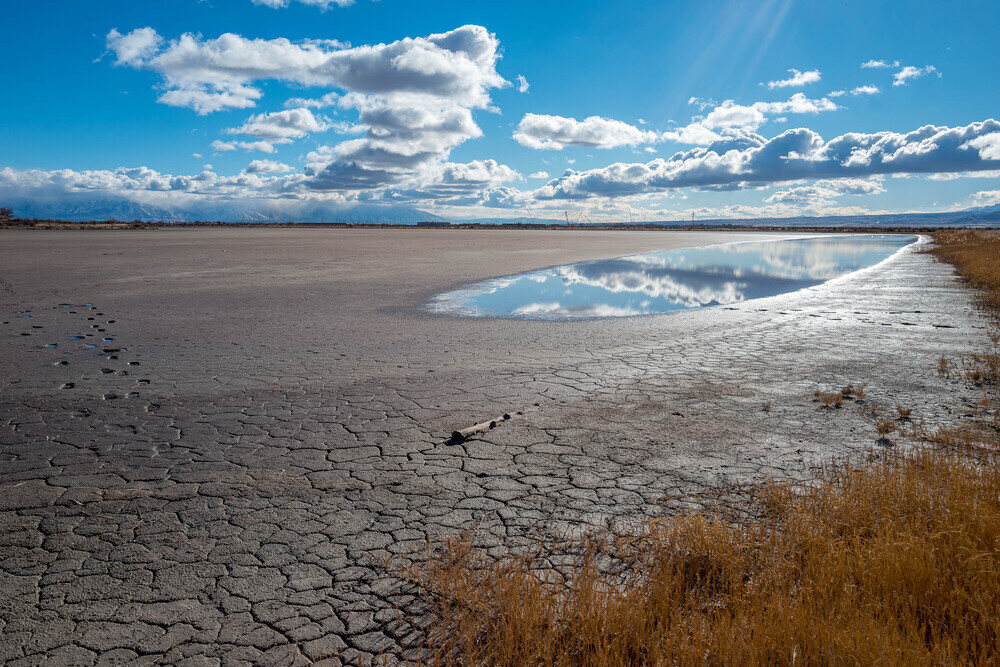There is no surprise that the environment is in trouble, from the looming climate crisis, to global droughts, to severe weather disasters, and now to disappearing ecosystems. Ecosystems are geographical areas that consist of animals, plants, and other organisms paired with weather and landscapes that form a harmonious and cohesive natural cycle. If one of these factors becomes imbalanced, the rest of the cycle becomes skewed, leading to a potential self destruction.
Many ecosystems and environments are disturbed by external factors causing unnatural imbalances among those living within the cycle. This can be detrimental to the survival of a certain species, or the entire ecosystem, possibly branching out to neighboring environments. Unfortunately through decades of accelerated human activity, global warming, and other climate factors, many ecosystems are seeing their downfall.
Here are the 5 most threatened ecosystems across the globe (in no particular order).
Caribbean Coral Reefs
These beautiful, clear and crisp waters, home to thousands of species of fish and other marine life are in serious danger of disappearing sooner than anticipated. This densely biodiverse aquatic land is threatened by various external factors: overfishing, tourist development, and global warming.
The Murray-Darling Basin Wetlands
This Australian river basin is 3,500km in length and supplies water to the vast majority of the populated areas of Melbourne, Sydney, and Adelaide. It also gives life and nutrients to hundreds of flora and fauna wildlife in the river and nearby swamps, lakes, and forests. Its biggest threat is farm holding–forcing the disappearance of acres of vegetation and causing significant drought in certain areas.

The Alaskan Kelp Forest
The coast of Alaska is lined and fortressed within acres of kelp forests and ecosystems, assisting as a natural barrier and bringing a notable environment to many species. However, these forests are seriously threatened by oil spills, pollution, and overfishing. This has thrown off the balance and caused many issues, one being the decrease in the otter population, allowing the sea urchins to overpopulate.
The Aral Sea
The story of this precious wonder has to be the most intensive of the five. The Aral Sea is not a mystery but less than a century ago it was the fourth largest lake in the world, home to 28 native species that do not reside there any longer. How did this now unrecoverable environment become so depleted?
Sydney Coastal Wetlands
Set in the most populous city in Australia, these wetlands spread across miles and miles, but unfortunately over the past two decades about 60% of these wetlands have disappeared. The factors all being human activity – housing development, coal mining, fracking, and other GHG emission activities. The overpopulation and take over of invasive species are also a high issue.

Key Takeaways:
- Biodiversity is ever changing and needs our support to keep it stable.
- Disappearing ecosystems are increasing at a concerning rate– join the fight in preserving these precious and delicate environments. Donate to local, national or global wildlife foundations!
- Educate yourself on the growing issues, and how new technologies can ultimately advance assistance. Also, become familiar with organizations, establishments and governments that are involved in the protection.















